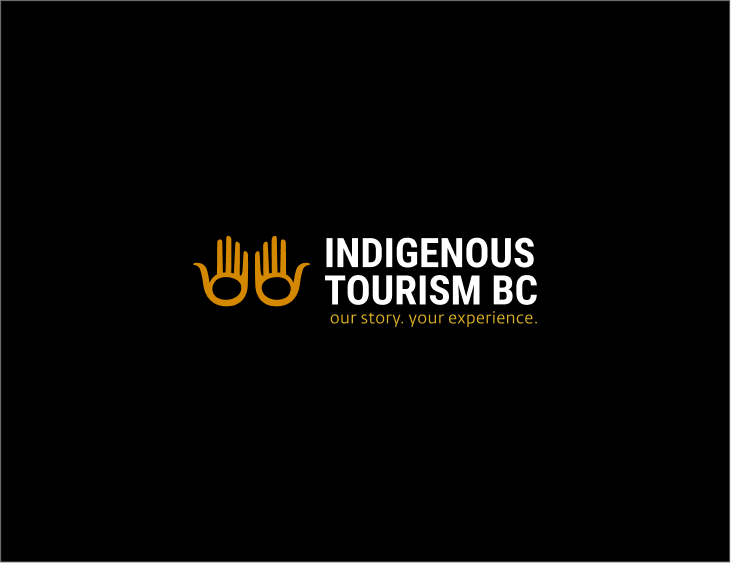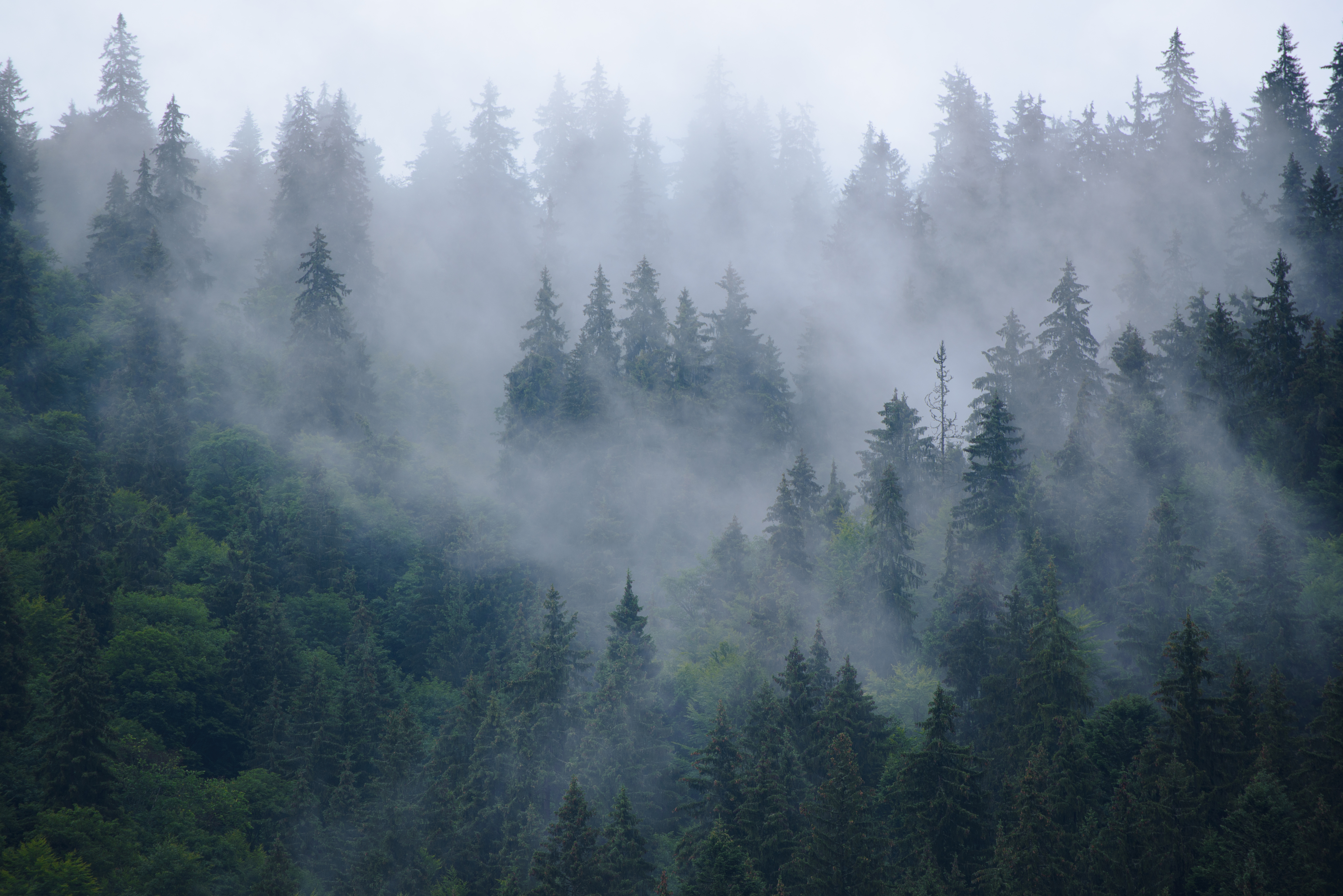Spirit Bear Lodge


Venture into a realm where thousand-year-old trees stand tall, unique plants and animals inhabit the lands and waters, and salmon feed the trees. The Great Bear Rainforest is home to living glass sponge reefs thought to be extinct, a recovering population of humpback whales, and more than 6 million migratory birds.

It is not a contrived conservation area but a meaningful menagerie of real life and wonder. Its protection preserves endangered species and the human spirit–a testament to beauty, wonder, and the good that comes when we share values and work together.

Located on the Central and North Coasts of British Columbia and nearby islands, this vast network of deep and lesser valleys, crystal clear lakes and streams, and fjords and inlets hosts the densest terrestrial biomass and most diverse arrays of plant and animal life on Earth. Accessing this expansive, protected area isn’t simple, but that’s part of its allure.

Most visitors to the Great Bear Rainforest hope to make the moonshot and catch a glimpse of the elusive and uncommon Spirit Bear, also known as Kermode Bear. For your best chance at a successful sighting, plan with local Indigenous tour operators who know where and when to find them–primarily in Kitasoo Xai’xais Traditional Territory and especially on Princess Royal Island and Gribbell Island, just north of Klemtu.

The Great Bear Rainforest includes offshore islands from the Discovery Islands to the Alaskan border in the north. Vancouver Island and Haida Gwaii are not part of the GBR, which reaches from Stewart in the north to Prince Rupert in the South. The area includes most of Douglas Channel, half of Hawkesbury Island, and part of Gardner Canal.
The region includes the coastline to the west and south of the Fiordland Conservancy, Kitlope Heritage Conservancy Protected Area, Tweedsmuir North and Tweedsmuir South Provincial Parks, including Dean Channel, Burke Channel, Rivers Inlet, and the communities of Bella Bella, Bella Coola, and Hagensborg. In the south, both Knight Inlet and Bute Inlet are included.
The Great Bear Rainforest receives a whopping average of 6,650 mm of rainfall annually, making it one of the rainiest areas in North America. The area also experiences some of the strongest tides in the world, and its proximity to the Queen Charlotte faultline makes earthquakes and tsunamis possible.

The area contains cultural and burial sites belonging to many Coastal First Nations whose livelihoods have been sustained for millennia by stacking learning on the land and water across generations.
The collaboration of these Coastal First Nations communities, their allies, and the government has led to incredible achievements in environmental protection for the Great Bear Rainforest.

SPIRIT BEARS
Also known as kermode bears or moksgm’ol, most remaining Spirit Bears, a cream-coloured subspecies of black bears found only in Canada, are found in Kitasoo Xai’xais Traditional Territory.
It is important to note that these bears are not albino but brown bears with a genetic mutation in the MC1R gene. The mutation is sometimes passed to cubs.
Remember–Spirit Bears only live in particular areas in the massive Great Bear Rainforest. Not everyone gets to see one! Booking a dedicated tour with an experienced Indigenous host is your best chance to see the famous cream-coloured bear.
Not only can they run faster than you, but they eat almost anything–that’s why it’s important to explore with an experienced local Indigenous guide. These omnivores eat roots, bulbs, grasses, fruit, insects, young deer, the chance carcass, and anything else they can get their paws on! Of course, their food of choice is a keystone species of the Great Bear Rainforest–the salmon.
Light-furred bears are thought to have a daytime fishing advantage, with their cream fur making it more difficult for salmon to see them. Spirit Bears often take their catch into the forest to eat, bringing their tree friends their leftovers.

Great Bear Rainforest
Lewis and Clark, famous for their two-year military exploration of western North America, were the first to describe the bear as grisly, interpreted as either with white-tipped hair or fear-inspiring. Its Latin name, Ursus arctos horribilis, roughly translates to horrible bear.
Often considered a family member by Coastal First Nations, the grizzly bear has earned a dangerous reputation that encourages people to enter their sanctuaries with fear, reverence, and humility, which helps to safeguard the species, including protective sows and their new cubs.
While grizzlies have a reputation for horrible fearsomeness, they are born entirely defenseless, without hair or teeth. These bald, gummy bears stay safely in dens made from existing holes at tree bases or carved out under the tree’s root system, nursing for five months while they grow fur and teeth.
Grizzly cubs are born the smallest of all mammals compared to their full-grown size. Half of all babies born survive their environmental challenges and grow to the age of reproduction.
After five months of nursing from their mother, the bears are ready to eat a more mature diet–but not yet ready to hunt and forage for themselves. At this point, the mother bear stops milk production on some of her teats to ensure she has the energy to retrieve other foods to meet the dietary needs of her growing cubs.
Their environment is filled with hungry animals, including wolves and other bears. Though they leave the den, they stay close to their mother’s safety as she gathers food for her growing children.
A bear’s heart rate drops significantly during its 5-8-month-long annual hibernation. An adult bear draws only one breath per minute during this time and does not eat, drink, or produce waste.
They survive off fat stores, and the kidneys process urea, a part of urine, into protein that feeds the muscles and organs that allow the bear to emerge healthy.

Stewardship
Now almost completely protected from logging, local Indigenous cultures and their allies have succeeded in preserving the biodiversity of this global treasure. Visitors are welcome to respectfully witness and support stewardship of the dazzling abundance that has sustained local life, including Indigenous communities, since before memory.

Great Bear Rainforest
 Knight Inlet Lodge
Knight Inlet Lodge  Great Bear Rainforest / Destination British Columbia
Great Bear Rainforest / Destination British Columbia